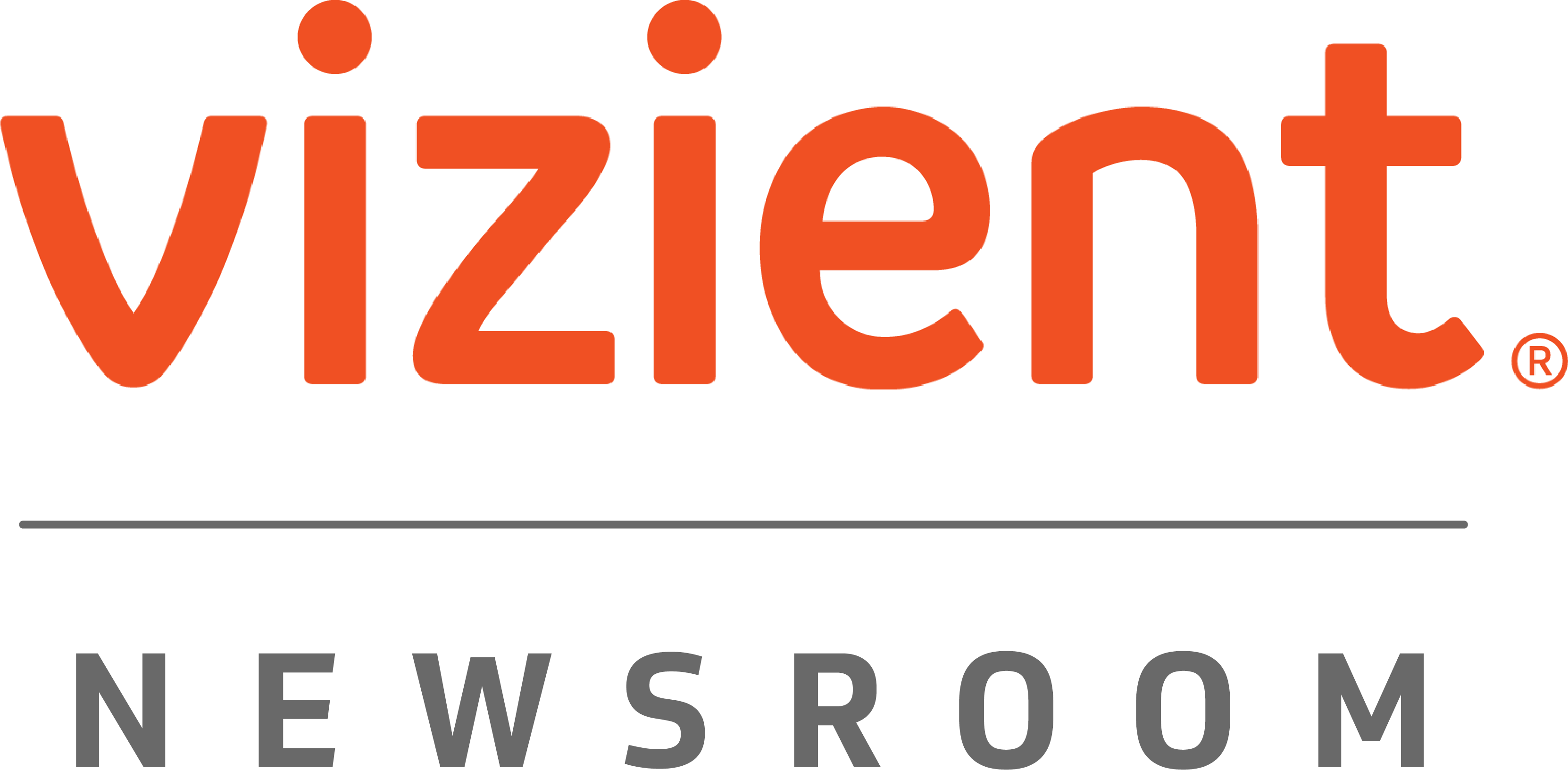- Data & Analytics
Consumer-centricity: Reorienting Your Growth Strategy to Focus on Patient Loyalty
To ensure healthcare organizations remain competitive and financially viable, they must learn to build patient loyalty to create long-term relationships.
- Supply Chain
- Data & Analytics
How Big Data Illuminates Social Drivers, Environmental Impacts and Patient Health
There is often a disconnect that exists between sustainability and health equity. Pinpointing the immense overlap between environmental impacts and social drivers of health is no easy feat, but data is key to helping providers see the bigger picture.
- Data & Analytics
Strategically Listening through Human-Centered Metrics and Insights
To ensure healthcare organizations remain competitive and financially viable, they must begin thinking differently about their growth strategy by focusing on human-centered metrics to fully understand customers’ and employees’ unique needs and perceptions.
- Clinical
- Data & Analytics
- Operations & Quality
Looking Ahead at Workforce Needs to Care for the Patient of the Future
Caring for the patient of the future requires building a workforce with the right mix of skills, roles and functions to tackle the growing list of drivers upending healthcare. These include an increasingly older and more diverse population, navigating the ...
- Data & Analytics
- Supply Chain
- Clinical
Using Contracting and Clinical Data Collaboratively to Gain Clinical and Executive Support
The key to effectively using supply spend, contract and clinical data is to correctly identify the need and expected result, as well as knowing the available data sources and tools to ensure the desired outcome can be achieved.
- Clinical
Optimizing Healthcare Network Referrals Through “Blended Family” Approach
Amid growing mergers and acquisitions, healthcare systems can build stronger relationships with new specialists by using key strategies to become a more unified organization, keep referrals in network and drive overall revenue.
- Data & Analytics
Shifting Healthcare Mindset from “Patient” to “Customer”
To ensure healthcare organizations remain competitive and financially viable, they must begin thinking differently about their growth strategy — grounded in earning customer loyalty.
- Data & Analytics
Vizient Vulnerability Index™ is a Uniquely Big-Picture Look at Patient Outcomes and the Social Needs That Impact Them
Calculating the increasingly complex equation of ensuring everyone can attain their highest level of health requires an index with robust data integration that allows health inequities to be examined from every angle, says Vizient’s Beth Godsey.
- Data & Analytics
Leveraging Network Integrity to Achieve Customer Loyalty
When looking for the best customer loyalty strategy for healthcare organizations, using physician outreach teams and network optimization tools can bring the most success in improving patient leakage and the bottom line.
- Supply Chain
- Data & Analytics
The Top 8 Must-Haves for More Effective Analytical Reporting Within Category Management
Though analytical reporting is becoming more automated over time, Excel reporting is nowhere near its sunset. With that in mind, here is a list of necessities to provide clear, concise and consistent results to support effective decision making.
- Data & Analytics
Optimizing Electronic Health Records (EHRs) to Improve Clinician Efficiency, Business Decision-making
Ashleigh Kervel outlines six ways healthcare leadership can leverage electronic health records (EHRs) to improve clinical practice and business decisions.
- Data & Analytics
Windstorms, Flash Floods, and Forest Fires: A Hard Look at Healthcare Pricing
Vizient Research Institute executive director Tom Robertson suggests that the way we pay for healthcare – in particular, the cross-subsidization of public sector patients by private sector pricing – is a significant contributor to health disparities.
- Data & Analytics
Lessons From a Lighthouse: Caring for the Caretakers
When serious chronic illness requires extended episodes of care, there are opportunities for hospitals and health systems to alleviate that strain on patients and their loved ones.
- Data & Analytics
Turning Ambition into Action: Achieving Health Equity Starts with Better Measurement
A successful health equity strategy starts with better measurement and effective communication.
- Data & Analytics
Practice and Proficiency: From the Airport to the Operating Room
A reflection on one aspect of the Vizient Research Institute’s 2021 study, the prevalence of high-risk surgical procedures occurring in low-volume settings and its juxtaposition with the views of physicians, health system executives and patients.
- Data & Analytics
Maslow’s Hammer and Health Care Prices
Has our trust in the market to govern the distribution of health care services and to establish rational, sustainable prices may have been misplaced or might the market be the wrong tool for the job?
- Data & Analytics
The War of Our Lifetime
The COVID-19 pandemic will likely have a lifelong emotional impact on the generations who live through it. This blog post is tribute to health care workers and a rallying cry for what lies ahead.
- Data & Analytics
Miles to Go Before I Sleep: Robert Frost and the Common Good
The percentage of Americans aged 65 or older will surpass 80 million by 2040 and will hit 94.7 million by 2060, brining brings with it an enormous burden of chronic illness, shouldered by a group of people who are increasingly disabled, socially isolated a...
- Data & Analytics
Health Care Spending and the Winds of November
Using homeownership as an analogy, we'll explore how thetraditional role of health insurance has been replaced by an expectation that each beneficiary will take out at least as much as they pay into the system, a fundamentally unsustainable economic model.
- Data & Analytics
A Fire Hydrant, a Chain-Link Fence and the Health Care Labor Shortage
Health care has not been spared from a nationwide labor shortage. This blog explores how the traditional payment system can complicate an already challenging situation and the implications for patient care and ongoing efforts to address the issue of health...
- Data & Analytics
The Future of Health Care: COVID’s Impact and the Change That Comes with It
For most of 2020, COVID-19 disrupted and significantly altered the infrastructure of the world’s industries, including health care delivery and services. But at what level can we expect health care to return to pre-pandemic levels? What are the long-term e...
- Data & Analytics
Spinning Wheels, Flashing Lights and Health Care Pricing
Health care pricing—in particular, the variability in what different payers pay providers for the same services—can seem to takeon elements of classic TV game showsas the amount the provider gets paid has less to do with the cost of care and is more depend...
- Data & Analytics
EHRs, Air Traffic Control and Unmet Expectations
Imagine you’re on a commercial jet headed from Beijing to Paris and you’re descending over the Netherlands through heavy cloud cover with limited visibility. Your pilot contacts air traffic control in Amsterdam for instructions, speaking Mandarin Chinese. ...
- Data & Analytics
Medicine, Mortgages and the Middle Class
In his latest blog posting entitled “Medicine, Mortgages and the Middle Class”, Vizient Research Institute executive director Tom Robertson takes a new look at an old economic concept that will change the way we think about health care spending.
























